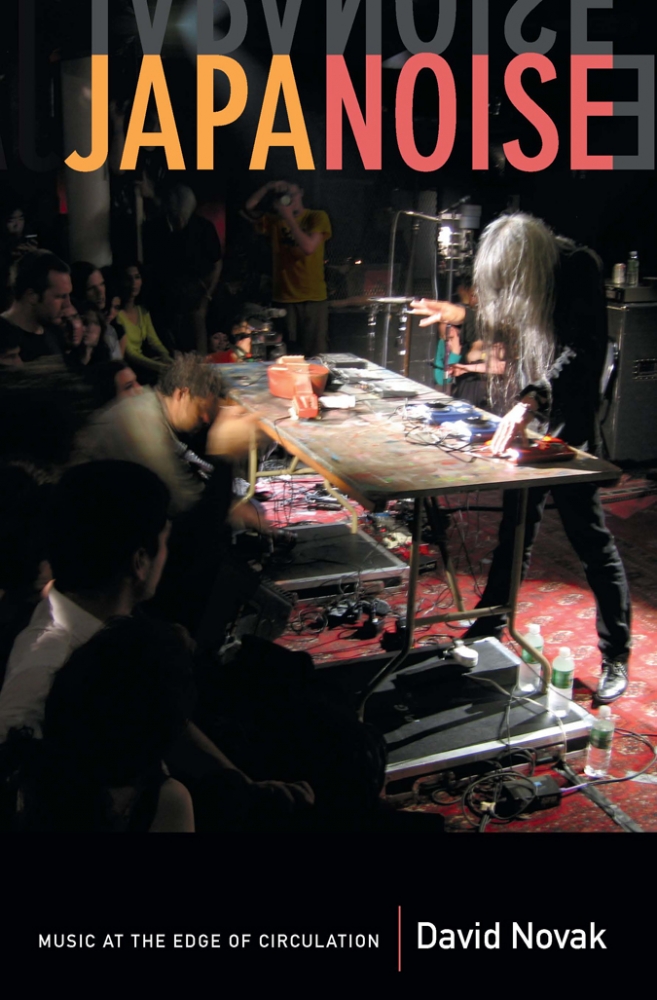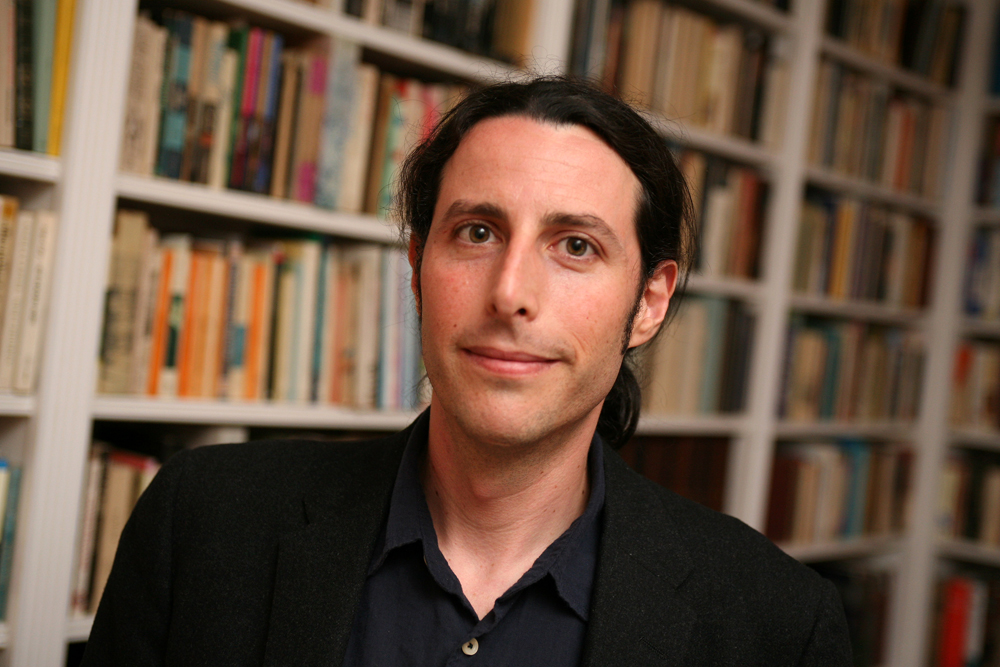Noise music is a difficult phenomenon to describe. It falls outside conventional ideas about music. It has no rules about structure, and no definitive provenance. It has little or no monetary value, and it hasn't been assigned the status of art in any cultural institution. We can't learn it the way we learn typical music, nor is it composed or played or judged like most other forms of music.
So when David Novak, associate professor of music at UC Santa Barbara, set out to write his book, "Japanoise: Music at the Edge of Circulation" (Duke University Press, 2013), what he found and drew upon was the world of contradictions, violated expectations, and unresolved questions that make up the Japanese underground music scene. Noise performance relies heavily on technology, using a variety of equipment from electronic gear to heavy machines, to make sounds that many would describe as unpleasant, distorted, loud, and even painful. But there are no hard and fast rules about what can or can't be used to make Noise.
"Noise is a word for sounds that aren't considered beautiful or meaningful," said Novak, an ethnomusicologist with a research emphasis in modern Japan, popular music, and media and technology. "So the idea that there could be a genre of music called ‘Noise' is what interested me in the first place." Add to this the usual American misunderstandings of Japan –– a country stereotyped as peaceful, orderly, and quiet –– and this experimental, extreme music genre becomes even more intriguing and complex.
Through longterm fieldwork and interviews in Japan and the U.S. (which included many nights of excessively loud and extreme performances), Novak's book explores Noise and its technology, the artists who make it, as well as the transnational feedback loops that sustain the subculture. There are stories of performers who are salarymen by day, avant-garde musicians by night; descriptions of equipment engineered to make the most intense sounds possible; and even an account of an audience that out-noised the "Noisicians."
"Following the discourse of Noise means having the ground move constantly under your feet," he said of the music's complicated transnational history. "It didn't come from Japan alone, but belongs just as much in the United States."
Novak points out that "Japanoise" is in fact an American term, which arose from the ongoing fascination in the United States for the exotic differences of Japanese culture. The Japanese, in turn, called the music "Noizu," using the Japanese version of the American word to name the genre, instead of choosing a word from their own language.
"It's interesting because Noise captures some of the most important ideas about our time," Novak said. "What are the effects of globalization? How do people in other places understand each other, how do they relate to one another? How does music capture people's concerns about technology or the outcomes of transcultural exchange?"
Global media networks were essential to the evolution of Japanoise. Unlike many music scenes, Noisicians generated interest in their music by distributing recordings to far-flung audiences, who might never have a chance to see them perform live.
"We're now looking at media communities that form through unlikely bonds, in the absence of social norms that would typically define or direct a community or culture. We're doing a lot of it now via the Internet," Novak said, pointing to the countless viral videos and online memes that show up in our digital inboxes every day. "They engage us, entertain us, and make us ask questions, but we don't necessarily know how we got ahold of those particular things or where they came from. We're attracted to circulations without a history –– I think that's what Japanoise is, too."
Related Links
David Novak
Duke University Press





